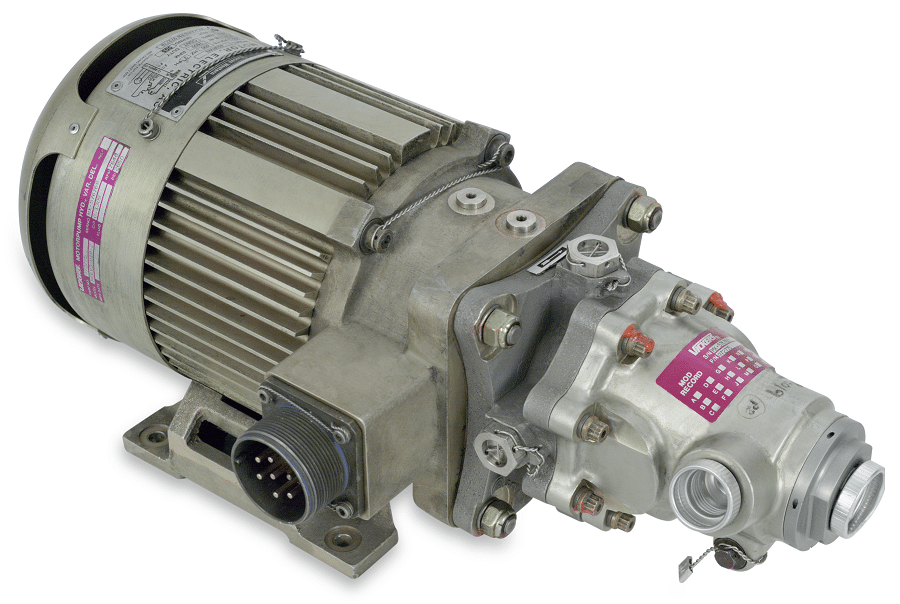What Exactly Is Hydraulics?
Hydraulics is a phrase that can be used to describe the study of liquids and how they behave, but most people associate the term with engineering. Hydraulic systems work by supplying an engine with compressed fluid. These hydraulic presses generate a huge amount of power by applying pressure on a small amount of fluid. Here’s how a hydraulic system works: Pressure is applied to water in a confined system from one side. This pressure pushes it against a piston on the container’s opposite side. The energy is transferred to the piston, which is then forced upward to raise things. Because the water cannot flow backward due to the pressure, the piston can never reverse unless the pressure is released. This means that whatever the piston is lifting will be held in place until the system operator releases it. If the pistons, for example, raise the forklift’s prongs, they will remain raised until the hydraulic pressure is released.
Hydraulic System Components
There are four main components in hydraulic systems. These components hold the liquid, exert pressure, and convert the energy created into mechanical energy used in practical applications.
The Reservoir is the container for the liquid. In addition to transferring heat into the hydraulic system, the reservoir aids in the removal of air and various types of moisture from the stored fluid.
The pump is in charge of bringing mechanical energy into the system. It accomplishes this by circulating the fluid in the reservoir. Hydraulic pumps come in various shapes and sizes, and each works in a somewhat different way. On the other hand, all pumps operate on the same basic principle of transferring fluids through pressure. Gear pumps, piston pumps, and vane pumps are examples of these sorts of pumps.
The valves in the system are used to start and stop the system and direct the flow of the fluid. A variety of spools or poppets are found in valves. They can be controlled electrically, manually, hydraulically, pneumatically, or mechanically.
Actuators convert the hydraulic energy generated into mechanical energy for application. This can be accomplished in a variety of ways. A hydraulic engine or a hydraulic cylinder might be used to generate rotating motion, or a hydraulic cylinder could generate linear motion. Several distinct types of actuators are used for different purposes.
What is the working principle of a pressure-compensated electric motor-driven axial piston hydraulic pump?
The 220v hydraulic power pack unit generates pressured hydraulic fluid for hydraulic power components. Hydraulic pumps powered by electric motors transform electrical energy into hydraulic power. A drive shaft is spun by an electric motor powered by an AC or DC. The hydraulic pump, which converts low-pressure fluid to high-pressure fluid, is connected to the drive shaft.
Electric motor-driven hydraulic pumps use a variety of electric motors, including AC fixed or variable frequency motors and DC brushed or brushless motors. Hydraulic pumps use the positive displacement concept to create pressure through expanding and contracting chambers. Gear pumps, rotary vane pumps, radial piston pumps, and axial piston pumps are examples of hydraulic pumps.
Benefits of an electric hydraulic
Now that you know what an electric hydraulic means, you must know the importance and benefits of installing an electric hydraulic in your factory. Power jacks provide the right and enhanced performance and security that further reduces the company’s expenses.
Here are some advantages that you must know:
- Accurate force delivery
- Smooth delivery of forces
- Improved actuation ranges as the position of the stroke quickly varies.
- The solutions of hydraulics resist the variations of the temperature.
- Having the proper control of the motion profile by utilizing standard control procedure.
- Repeatable positioning
- Accurate positioning
- The hydraulics reduce the company’s expense significantly.
- The machinery needs fewer resources and time for maintenance, reducing the costs further.
- There is no or less manual interference needed to set up everything. Besides this, these machines have reduced downtime, reducing the chances of fluid leaks or any other hazardous accidents.
- The high-pressure leaks can be controlled without having any risks associated with them.
Conclusion
Hydraulic equipment is commonly utilized for lifting or moving heavy items since it is very inexpensive but produces a lot of power. Engineers have only been able to improve some of the components of a hydraulic system rather than completely replacing it with something new, even though the idea behind hydraulics is very simple and several hundred years old. Because it works so well, engineers have only been able to improve some of the components of a hydraulic system rather than completely replacing it with something new.
Lisa Eclesworth is a notable and influential lifestyle writer. She is a mom of two and a successful homemaker. She loves to cook and create beautiful projects with her family. She writes informative and fun articles that her readers love and enjoy.

